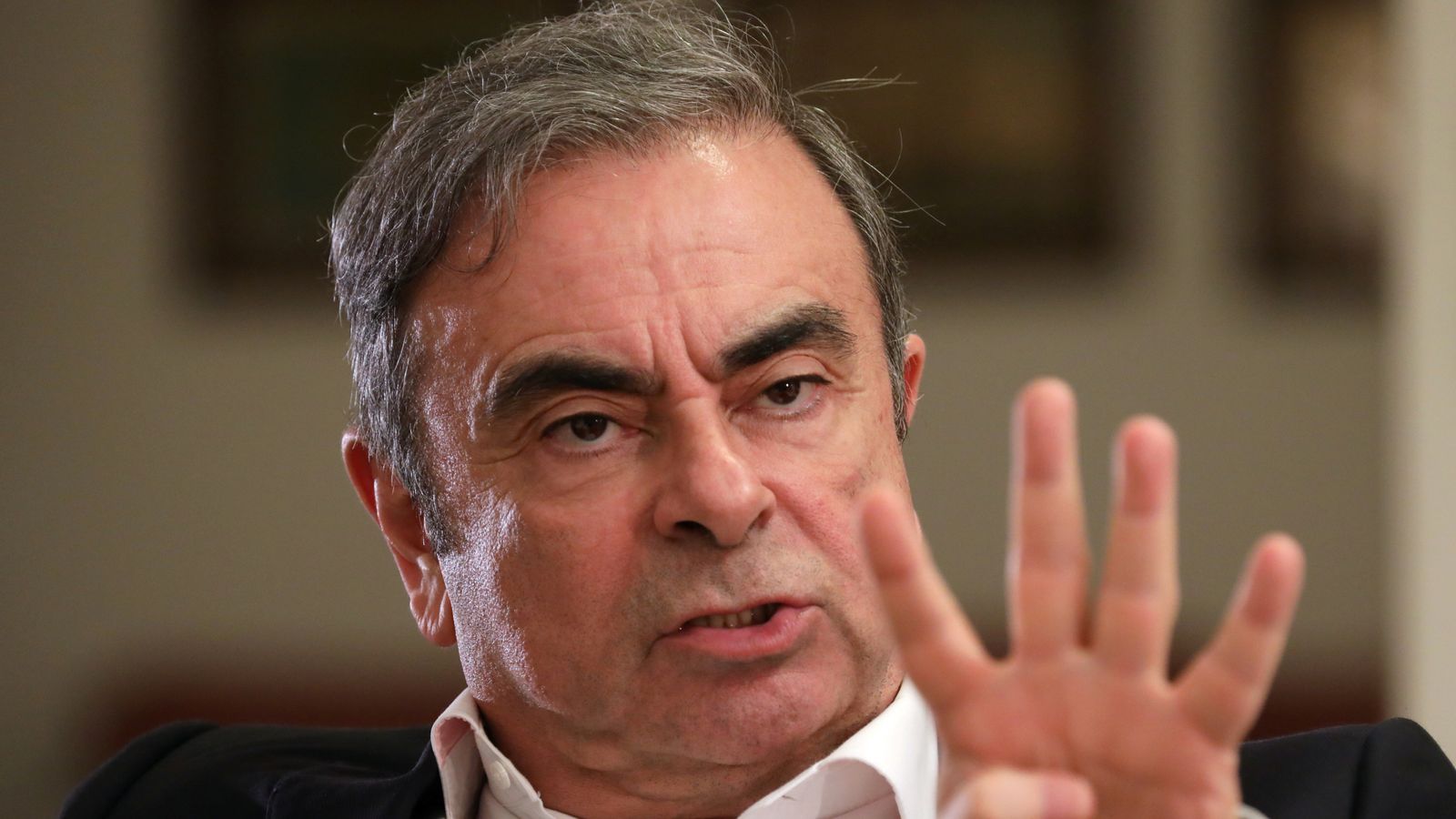
Crossborder Capital’s Michael Howell, a veteran in global finance, offered a liquidity-based view on the current state of the economy. He challenged the prevailing narrative of monetary tightening with evidence of a rise in liquidity, which in turn should uplift stocks, gold, and cryptocurrencies.
Michael Howell of Crossborder Capital Focused on Rising Global Liquidity and Its Market Impact
Michael Howell is the founder and CEO of Crossborder Capital, a London-based FCA registered, independent research and investment company with over $1 billion assets under management. Previously he was Head of Research for Baring Securities and Research Director of Solomon Brothers. With a deep understanding of international finance and economics, Howell has become a prominent figure in analyzing global liquidity trends and their impact on markets. Recently, he appeared on Forward Guidance to shed light on the current macroeconomic landscape, emphasizing the continued rise in global liquidity and its positive effects on liquidity-sensitive assets such as stocks, gold, and cryptocurrencies. The whole episode is well worth a listen.
At the heart of Howell’s analysis is the observation that, contrary to popular belief, the Federal Reserve has been subtly injecting liquidity into markets. This covert approach stands in stark contrast to the narrative of monetary tightening that has dominated headlines. Despite a reduction in the Fed’s balance sheet last year, Howell noted that Fed liquidity actually increased by 12 to 15%. This trend is not just a fleeting phase but part of a longer-term pattern of monetary inflation, as central banks globally engage in what Howell described as shadow quantitative easing and shadow yield curve control.
He observed that the draining of the Reverse Repo (RRP) facility and the Bank Term Funding Program (BTFP) contributed significantly to the rise in Fed liquidity last year. He anticipates that central bank liquidity will continue to unlock, especially once the RRP is fully drained, and suggested that the BTFP could even be renewed.
Adding to the complexity of the situation is the U.S. Treasury’s strategic decision to shorten the maturity of its debt issuance. This move, Howell explained, mechanically reduced the private sector’s liquidity needs to absorb government paper, particularly aiding the banking sector in managing its systemic overexposure to duration.
All of this may point to a transition from a rebound phase to a calm phase. Howell noted that the financial sector and high-beta securities such as crypto tend to do their best in such calm phases.
Regarding cryptocurrency, Howell mentioned that there could be particular positive influences. He stated that cryptocurrency might be the younger generation’s preferred hedge against monetary inflation, a sentiment that aligns with the increasing interest in digital assets among younger investors. If true, crypto could move more than gold as the preferred vehicle for younger investors.
What do you think about Howell’s basic argument that a rise in global liquidity will generally benefit liquidity sensitive assets like stocks, gold, and crypto? Share your thoughts and opinions about this subject in the comments section below.






